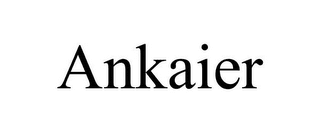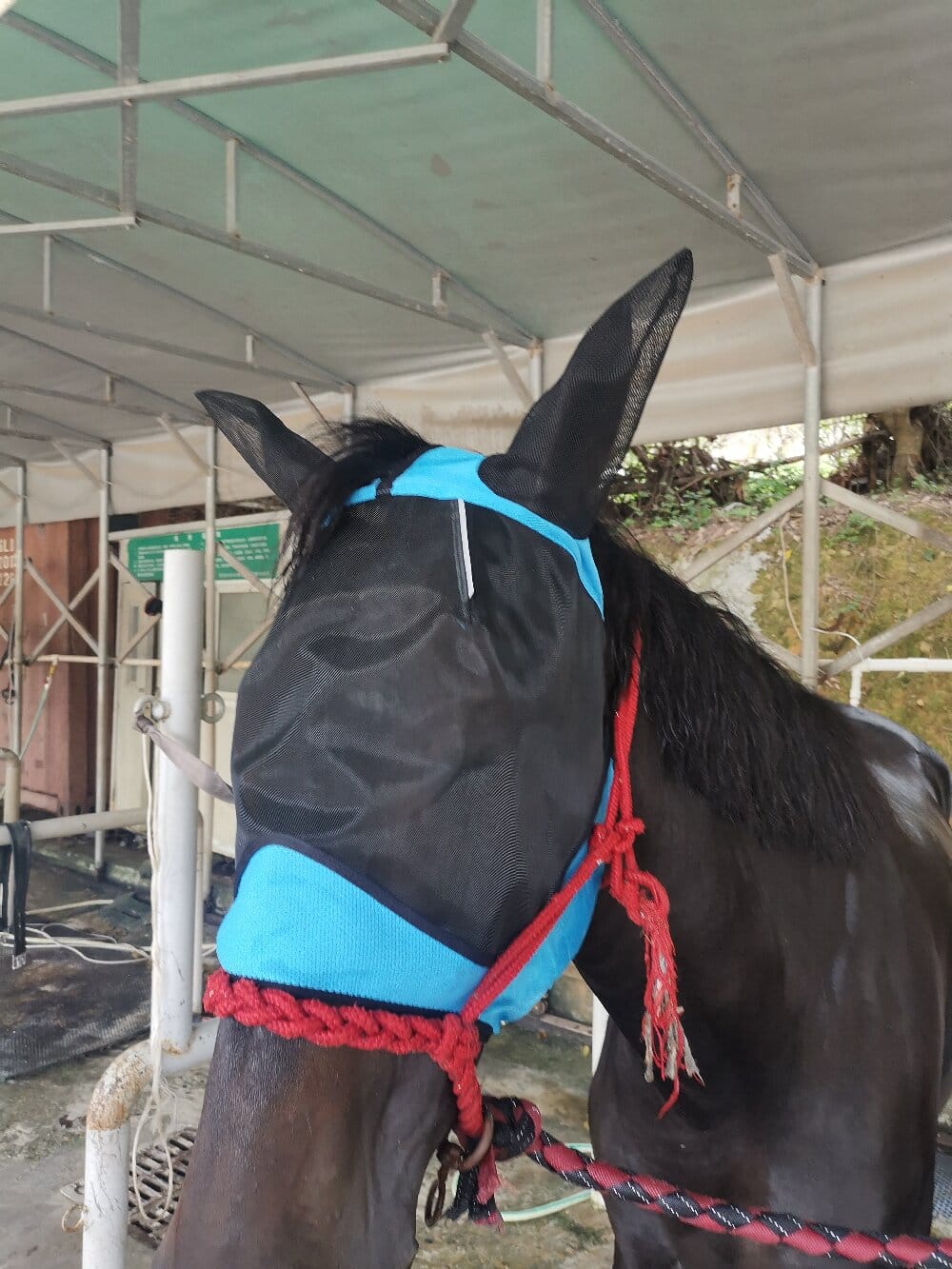When I first got into horses, I thought a horse fly mask was a simple, one-size-fits-all piece of gear. I quickly learned I was wrong. My journey through dusty tack shops and endless online reviews opened my eyes to a world of nuanced choices. Protecting my horse’s eyes and face from flies isn’t just about comfort; it’s a critical aspect of their health and well-being, preventing irritation, injury, and the transmission of diseases. Through trial and error with my own herd, I’ve come to appreciate the significant differences between the various types of fly masks available, and it’s this comparative analysis I want to share with you.
Material Matters: From Standard Mesh to Silky Soft
The first major differentiator I noticed was the material. The most common type is the standard polyester mesh. It’s durable, provides excellent visibility, and offers solid protection against most pests. However, on my sensitive-skinned gelding, it sometimes caused minor rubs on his cheekbones during long, hot days. This led me to explore masks made from softer materials, like lycra or a super-fine “no-see-um” mesh. The difference was remarkable. The lycra option was like a second skin, incredibly gentle and stretchy, but I found it offered less protection against larger, more persistent horse flies. The fine mesh was a great middle ground—softer than standard polyester and effective against even the tiniest gnats, though it can be slightly less durable. For everyday use in a moderate fly environment, the standard mesh is a workhorse, but for sensitive horses or extreme bug situations, investing in a softer or finer material is worth every penny.
The Great Ear Debate: To Cover or Not to Cover?
One of the most significant design choices revolves around ear protection. Initially, I used masks without ears, thinking they were simpler. That changed when I saw my mare constantly shaking her head to dislodge flies crawling deep inside her ears. I switched to a fly mask with attached ear covers, and her relief was immediate. These are fantastic for keeping bugs out and can even offer a degree of UV protection for pink-skinned ears. The downside? Some horses find them intrusive and may require a gentle acclimation period. There’s also a risk of moisture getting trapped, so in very humid climates, you need to be extra vigilant. For horses who are touchy about their ears or in drier areas, a mask with detachable ear covers offers the perfect flexibility. You get protection when you need it and can remove the ears for cleaning or on lower-fly days.
Beyond the Basics: Premium Fly Mask Features
As I delved deeper, I discovered that not all fly protection is created equal. Beyond material and ears, several premium features can make a substantial difference. The nose cover was a game-changer for me. My horses often get bothered by flies around their muzzles, leading to stomping and general agitation. A mask with an extended nose flap solved this problem, though it’s important to ensure it doesn’t interfere with grazing or wearing a grazing muzzle. Another critical feature is the closure system. A simple Velcro tab at the poll is common, but I’ve found that a double-closure system—often a poll strap with a tail that loops through—is far more secure, especially for Houdini-esque horses who are experts at removing their gear. Finally, don’t overlook UV protection. For horses with light eyes or those prone to sunburn, a mask that blocks harmful ultraviolet rays is not just a luxury; it’s a vital health measure.
My Final Fitting Thoughts
Choosing the right equine fly gear is a balancing act. Through my own experiences, I’ve developed a simple checklist for selecting the best fly mask for any horse:
- Assess the Fly Pressure: Is it a few nuisance flies or a full-blown insect onslaught? This determines the level of coverage needed.
- Know Your Horse’s Sensitivities: Does he have sensitive skin, pink ears, or a history of eye issues? This guides the material and feature selection.
- Prioritize a Secure, Safe Fit: The mask should be snug enough not to slip but loose enough to allow full range of motion without rubbing. Always measure carefully.
- Consider the Season and Climate: A lightweight mask might suffice for spring, but a durable, full-coverage option with UV protection is essential for a harsh summer.
In the end, my comparative journey taught me that the “best” horse fly mask is entirely dependent on the individual animal and their environment. What works perfectly for one might be a disaster for another. By understanding the core differences in materials, ear designs, and special features, you can move beyond a simple purchase and make an informed decision that truly enhances your horse’s comfort and quality of life during fly season. It’s a small piece of gear that makes a world of difference.

